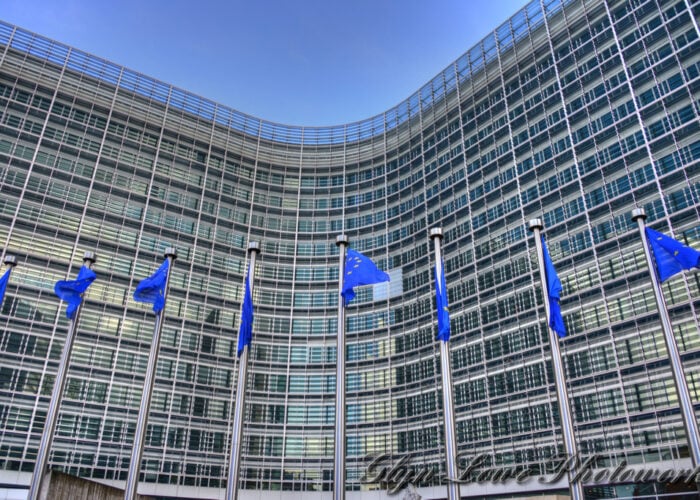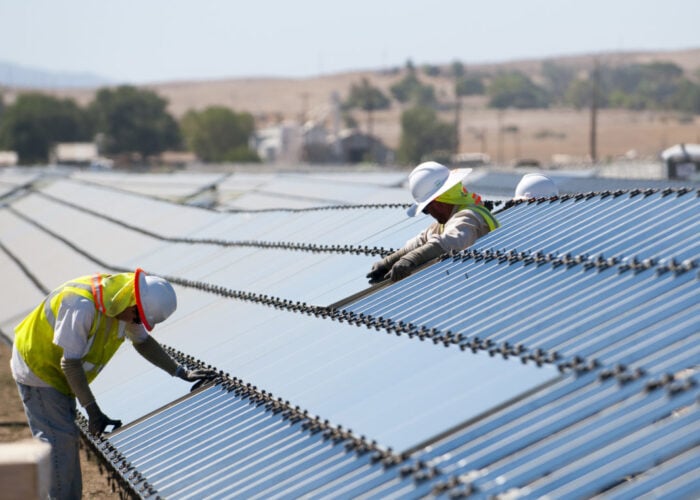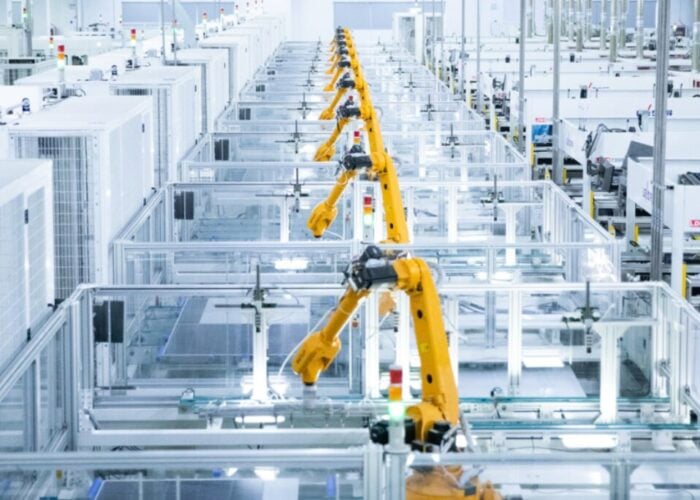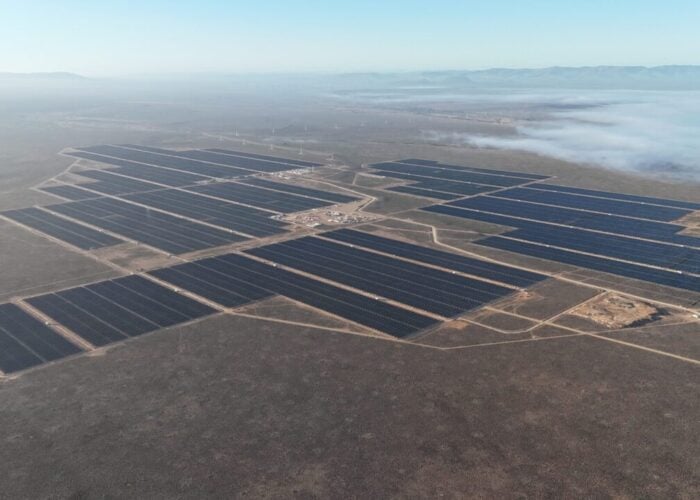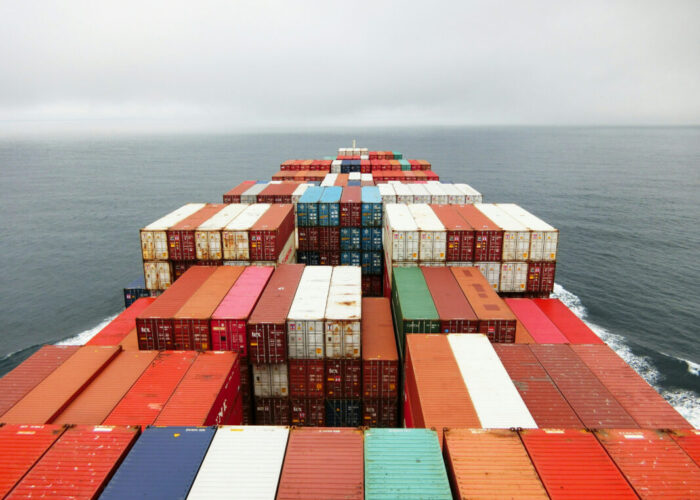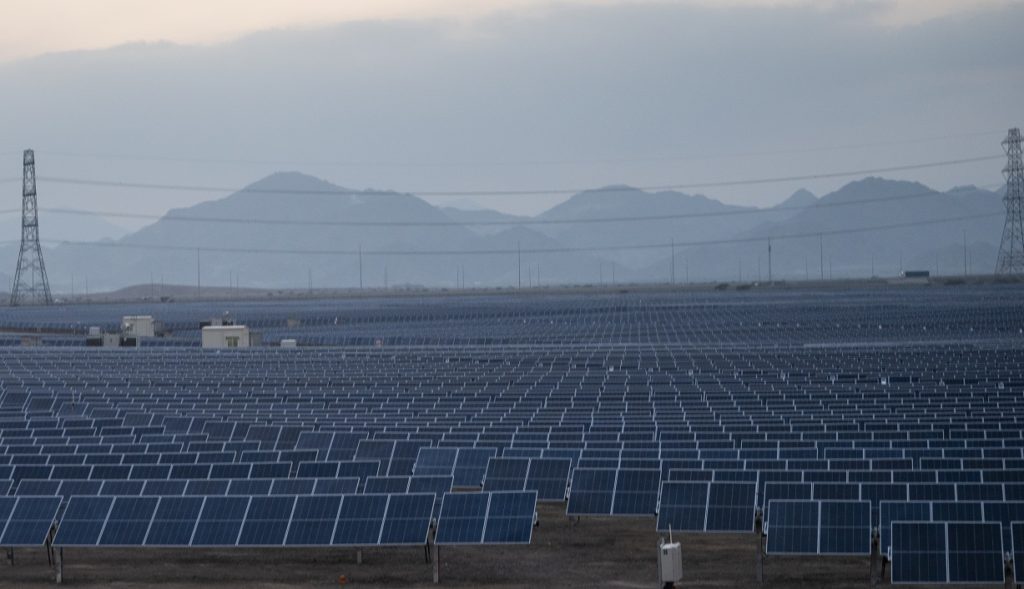
As 2022 comes to an end, PV Tech is reviewing the year in solar, reflecting on some of the biggest stories and trends of the last 12 months. Following on from our Q1 review, we take a look at how the industry navigated rising prices and detail some of the major acquisitions.
An ongoing theme throughout Q2 – and much of 2022 as a whole – was volatile PV component pricing amid rising demand and reduced output in China due to lockdowns and power rationing.
Try Premium for just $1
- Full premium access for the first month at only $1
- Converts to an annual rate after 30 days unless cancelled
- Cancel anytime during the trial period
Premium Benefits
- Expert industry analysis and interviews
- Digital access to PV Tech Power journal
- Exclusive event discounts
Or get the full Premium subscription right away
Or continue reading this article for free
Polysilicon prices continued to creep up throughout May and June, with industry analyst PV InfoLink noting that there were “ceaseless price hikes” as polysilicon shortages showed “no sign of easing”.
In late June, the average price for polysilicon in the country reached RMB273.1/kg (US$40.73/kg, inclusive of China’s 13% sales tax), a 1.71% increase week-on-week, according to the silicon branch of the China Nonferrous Metals Industry Association. Part of the reason for the rise, the association said, was that one polysilicon producer lowered output due to power rationing, while another had an unplanned shutdown.
Lockdowns in China had a tangible effect on solar’s upstream value chain during Q2, as reported by PV Tech Premium. The transportation of imported silica sand slowed and the production of some crucibles for ingot pulling was limited. As a result, the utilisation rate of wafer facilities was around 70-80% in April. With some solar projects in China put on hold, module manufacturers increasingly turned to Europe and South America for shipments.
In India meanwhile, developers were impacted by rising module prices, in part because of a supply and demand mismatch and disrupted supply chains due to COVID-19. Research from JMK Research & Analytics published in April suggested module prices in the country had increased by 38% in the previous 20 months.
Indian module manufacturers hiked their prices in anticipation of an upsurge in demand stemming from import duties introduced at the beginning of Q2, according to JMK. It forecasted that module prices in the country wouldn’t start to fall until late 2023 or early 2024.
In terms of module performance, PV Evolution Labs named 25 manufacturers as ‘top performers’ in its 2022 Module Reliability Scorecard. However, the test lab observed failures in testing, with just under half of all participating manufacturers suffering at least one failure, a jump on last year’s figure of 26%.
A sobering report from kWh Analytics found that utility-scale solar in the US is plagued by underperformance. In its Solar Risk Assessment report, the insurance provider cited research confirming that system degradation, inverter availability and overly-optimistic PV modelling have meant that the industry has “significantly overestimated” expectations of solar assets and will need to “reckon the realities in the field with the assumptions we use on paper”.
Combining qualitative research from contributors such as BloombergNEF, PV Evolution Labs and NREL, the report warned of a host of issues that continue to dent solar asset performance. kWh Analytics found that 92% of lost earnings from solar assets is down to underproduction versus initial estimates.
Poor performance was compounded by a hike in downtime days. Supply chain issues, spiralling energy prices and COVID-19 reversed the downward trend in average business interruption claims for developers, research from insurance company GCube found. It said an unevenly distributed supply chain concentrated in China and Southeast Asia was rocked by recurring lockdowns, underscoring the importance of supply chain diversification.
Against this backdrop, manufacturers continued to progress with efforts to onshore some manufacturing, with US tracker company Nextracker opening three new US production lines during Q2 and Norwegian polysilicon manufacturer REC Silicon negotiated a raw material supply agreement as it confirmed plans to restart polysilicon production at its Moses Lake factory in the US.
Q2 also stood out in terms of M&A deals, with scores of solar project developers being snapped up, a trend that continued throughout the year. Among the major transactions were Kiwa Group’s purchase of solar testing firm PI Berlin and US solar and energy storage developer Borrego selling its development business.
Oil and gas majors continued to expand their presence in the solar sector, with TotalEnergies acquiring US developer Core Solar in April before buying a stake in another US developer, Clearway Energy, a month later. Shell, meanwhile, acquired Indian renewables platform Sprng Energy for US$1.55 billion.
On the policy front, the European Union ramped up its solar deployment targets as part of its REPowerEU strategy, targeting almost 600GWac/740GWdc by 2030, while the US’s Uyghur Forced Labor Prevention Act came into force, resulting in scores of detained module shipments throughout the rest of the year.

